Best Practices to Ensure Successful Custom e-Learning Development
Infopro Learning
MAY 19, 2022
Today e-learning is the most preferred method for training employees. The learning ease and speed provided by the online platforms allow potential learners to grow and learn faster. It is one of the major reasons companies have started relying more on custom e-learning development.


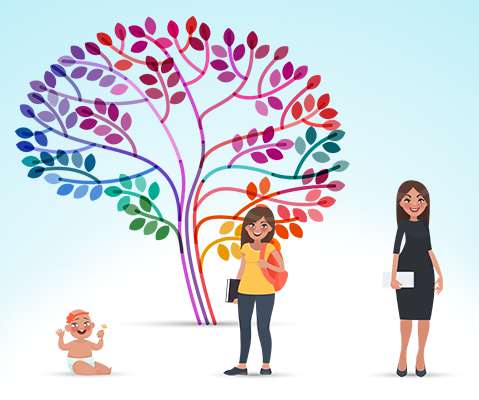



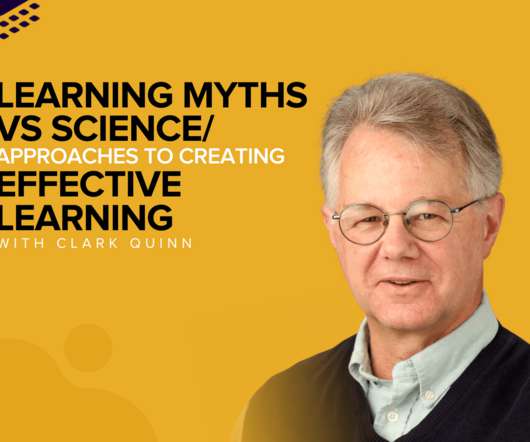
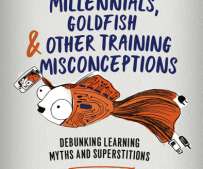
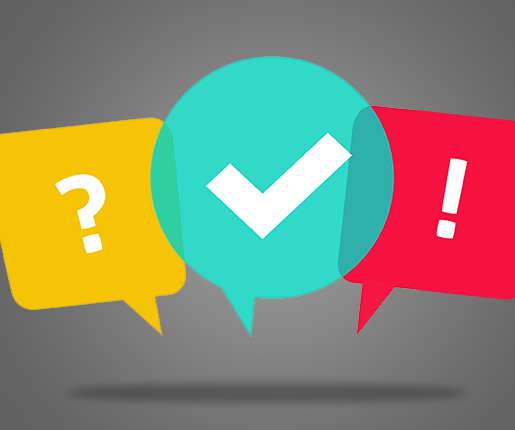




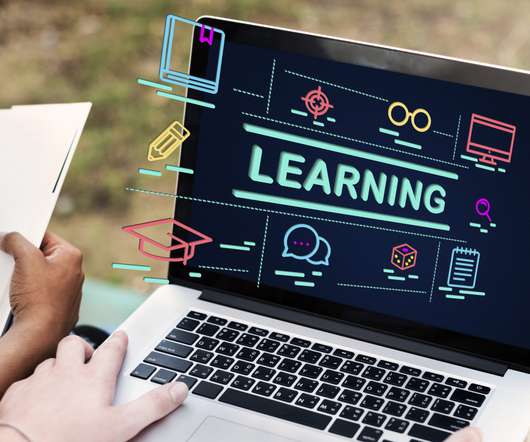










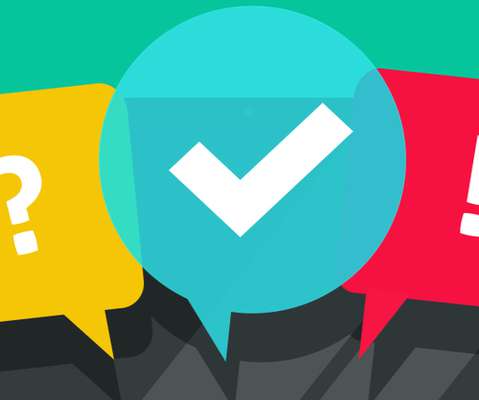


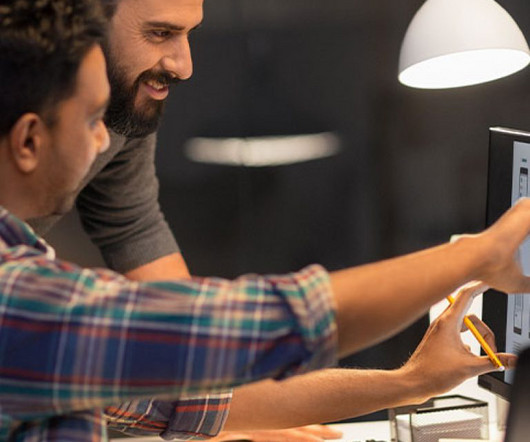
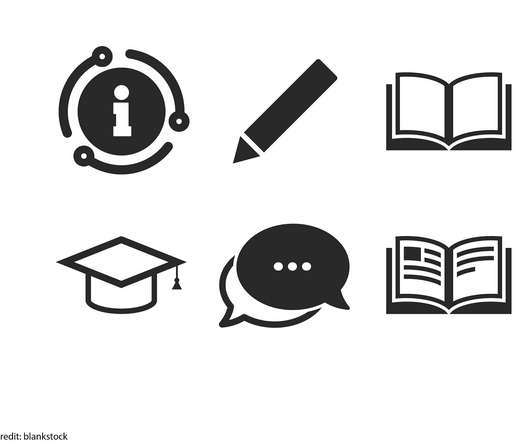







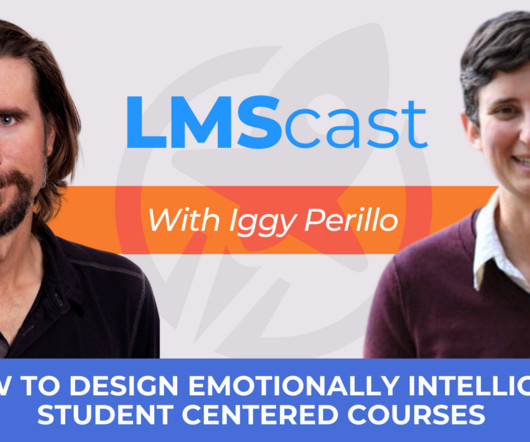










Let's personalize your content